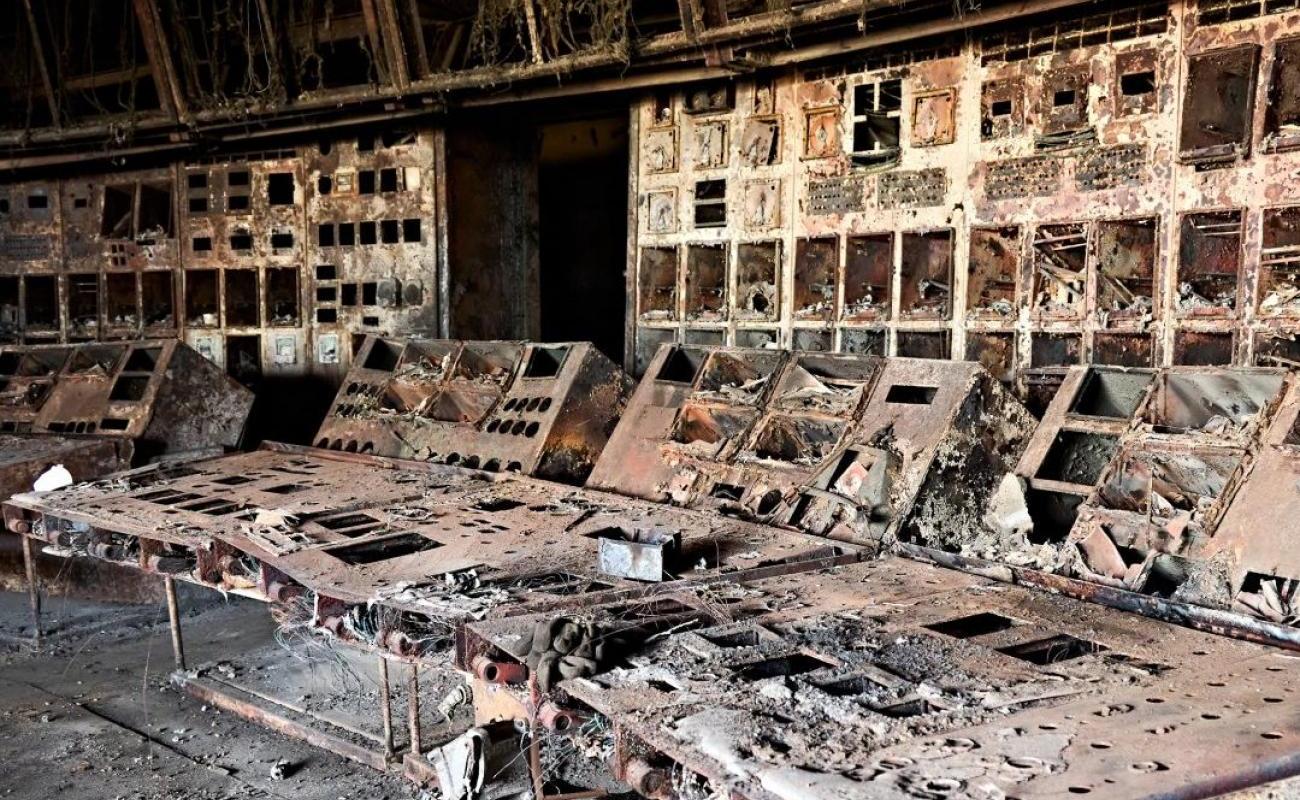Ukraine’s power grid teeters on brink: 70% generation lost to Russian strikes

Since March 2024, Ukraine has endured five devastating Russian strikes on its energy infrastructure.
Until March, the electrical grid had largely avoided the pounding that Russian forces inflicted in 2023, which brought the country to the brink of total electrical collapse. This was thanks to an air defense system that intercepted a large number of missiles and drones.
However, due to Western delays in arms deliveries, the air defenses have run low on ammunition, and Russian missiles are increasingly hitting their targets.
In contrast to the previous campaign against Ukraine’s energy sector, which focused on destroying the electrical distribution grid, Russian forces are now directly targeting thermal and hydroelectric power plants.
Consequently, Ukraine has lost 70% of its available generation capacity, with only 14 gigawatts remaining out of the previous 36.7, Olena Pavlenko, an energy expert and director of the Ukrainian think tank DiXi Group, told Euromaidan Press.
“With Ukraine having lost 70% of its electricity generation, everyone is asking what can be done. Unfortunately, we’ve reached a point where there is no quick and easy answer,” says Pavlenko.
DiXi Group estimates that Ukraine’s losses in thermal power generation capacity could reach up to 85%.
Euromaidan Press consulted experts to better understand the situation, the state of restoration efforts, and the specific needs.
Billions in damages, millions in aid
Russian attacks have caused $12.5 billion in damage to Ukrainian energy infrastructure, according to Andrii Gerus, Chairman of the Ukrainian parliament Committee on Energy Issues.
To facilitate the restoration of Ukraine’s energy system, the Ministry of Energy of Ukraine and the European Commission established the Ukraine Energy Support Fund in April 2022. The Fund, managed by the Energy Community Secretariat in Vienna, Austria, allows governments, international organizations, and corporate donors to provide financial support to Ukraine’s energy sector.
As of May 2024, the Fund has received approximately €400 million ($434 million), with the five largest donors being:
- Germany – nearly €200 million
- EU – €63 million
- Britain – €50 million
- Denmark – almost €17 million
- Austria – €15 million.
The Fund provides monthly procurement reports through infographics.
While Ukraine also receives assistance through embassies, charitable foundations, and organizations, there are no publicly available consolidated statistics.
It is evident that the incoming aid is insufficient compared to the losses incurred.
“Based on public information, we have no good news yet. There may be positive developments happening behind the scenes that we don’t know about, but looking at the current situation, I have no reason to deliver good news,” says Olena Pavlenko, an energy expert and director of the Ukrainian think tank DiXi Group.
Restoration = equipment + air defense
The number of power stations Ukraine can restore before autumn depends on two factors.
First, the quantity and type of equipment Ukraine receives will determine its restoration capacity. If expensive turbines and other critical components are delivered quickly, Ukraine can restore some power stations, although not to pre-war levels.
Ukraine’s most urgent needs are complex, as Russians target both power generation and transmission lines.
“We need everything from transformers and cables to pylons and repair vehicles for electrician crews,” says Pavlenko.
Thermal and hydroelectric power plants require large turbines, spare generators, and even control room electronics.
